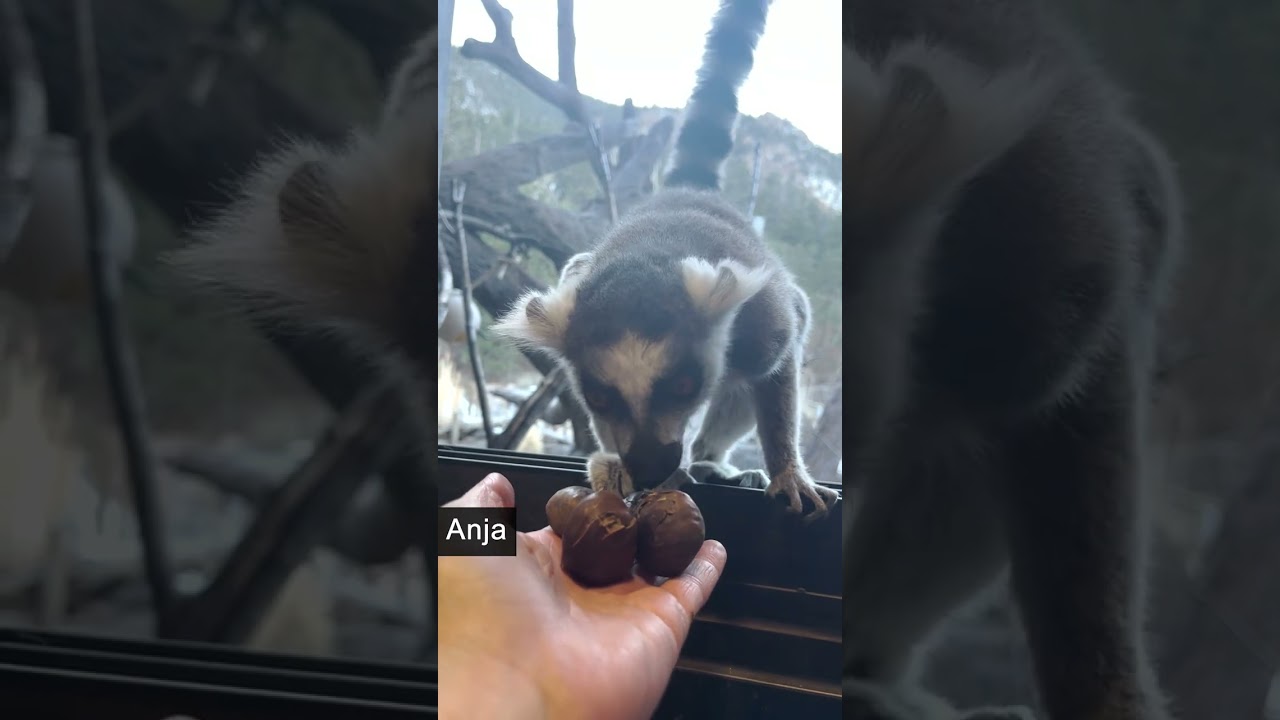– The role of taste testing in animal behavioral studies and diet optimization
– The challenges and ethics of managing captive lemur populations, focusing on dietary needs
– Conservation efforts for lemurs and their habitats in Madagascar
– Educational outreach and public engagement through interactive zoo experiences
– The importance of biodiversity and the interconnection between species, environment, and conservation strategies
—
In zoology and wildlife conservation, understanding animals’ dietary preferences and nutritional needs is paramount for their wellbeing, particularly in captive environments such as zoos. “It’s taste test time on Lemur Island!” serves as more than just an engaging title for a video; it encapsulates an innovative approach to ensuring the health and happiness of one of the world’s most charismatic primate species, the lemur.
Lemurs, native only to Madagascar, are an excellent case study for dietary research due to their varied and specialized feeding habits. The taste test procedure uniquely analyzes the preference patterns of these animals, as it offers them a choice of food items and observes their selection processes. Such tests can uncover valuable insights into the palatability of foods from the perspective of the lemur, which can significantly influence the management of their diets in captivity.
To achieve optimal health for zoo lemurs, nutritionists and zookeepers must replicate the animals’ natural diet as closely as possible. The natural diet of a lemur varies depending on the species, but it is generally composed of fruit, leaves, and, in some cases, insects. When lemurs are offered a range of edibles in a controlled environment, researchers can record which items are consistently chosen, reflecting the tastes and preferences of the population. This information is crucial in formulating diets that are not only biologically appropriate but also appealing to the animals.
Moreover, taste tests are instrumental in identifying nutritious substitutes for naturally occurring foods that may not be readily available in captivity. Given that some lemurs consume specific plants found exclusively in Madagascar, zoological institutions must find acceptable alternatives. These substitutes can be vetted for lemur approval through taste testing, ensuring the dietary switch does not negatively impact their health or feeding behaviors.
The management of captive lemur populations also introduces complexities, especially regarding ethical considerations of their care. Zoos must provide environments that simulate natural habitats, offering the same foraging opportunities that lemurs would experience in the wild. Such enrichment activities encourage natural behavioral patterns and are integral to lemurs’ mental and physical health. Just as in the wild, variety in diet is key, and the insights gained from taste tests contribute significantly to these enrichment strategies.
Beyond maintaining physical health, captive lemurs’ psychological wellbeing is also a consideration in their dietary management. Choosing their food gives lemurs a sense of control and normalcy, akin to foraging in their native forests. This is beneficial from a behavioral standpoint and aids in fostering a more stimulating and less stressful environment for these primates.
The broader implications of “It’s taste test time on Lemur Island!” extend into conservation. Lemurs are among the most endangered groups of vertebrates on the planet, largely due to deforestation and habitat destruction in Madagascar. Zoo-based conservation programs focusing on breeding and education are critical for preserving these species. The wellbeing of lemurs in captivity directly affects the success of breeding programs, with well-fed and stress-free individuals more likely to reproduce.
Through educational programs, zoos can use these taste tests as a platform to engage the public in lemur conservation. Visitors who witness or learn about taste tests can gain a deeper appreciation for the care that goes into maintaining the health of these animals and, by extension, the efforts required to preserve their wild counterparts. This engagement can inspire support for conservation programs and raise awareness of the plight of lemurs in Madagascar.
Finally, the lemur taste test reminds us of the significance of biodiversity and the delicate balance within ecosystems. Lemurs play critical roles in their habitats as seed dispersers and as part of the food web. Preserving these species is not only about saving individual animals or even species; it’s about maintaining the rich tapestry of life that supports the function and resilience of ecosystems.
Essentially, “It’s taste test time on Lemur Island!” represents an intersection of animal care, conservation, and education efforts. Through careful observation and scientific study, zoologists and conservationists can refine their understanding of lemur dietary needs, contributing to the welfare of captive populations and bolstering conservation efforts. Simultaneously, these endeavors offer valuable opportunities for the public to connect with wildlife and participate in the mission to protect it, laying a foundation for future stewardship of our planet’s precious resources.
*****
Source Description

